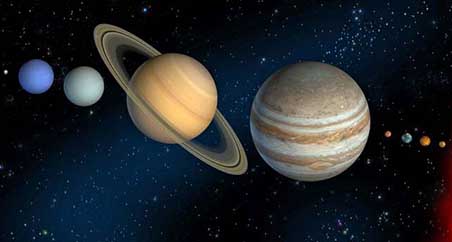Why is the sky blue?

One of the perennial questions of childhood is: "Why is the sky blue?”You may have asked about it as a child, or you may have a child, which is asking you now! The explanation begins with the ultimate light source in our solar system: sun. The sunlight appears white, but this white light consists of all the colors of the visible spectrum, from red to purple. On its way through the atmosphere, sunlight is absorbed, reflected and changed by various elements, compounds and molecules. The color of the sky depends largely on the wavelength of the incoming light, but the air molecules (mainly nitrogen and oxygen) and dust particles also play an important role.
When the sun is high above your head, most of its rays cross the atmosphere at almost vertical angles. Shorter light waves, such as purple and blue, they are more easily absorbed by air molecules than light from longer wavelengths (that is, red, the orange and yellow bands of the spectrum). The air molecules then emit purple and blue light in different directions, saturating the sky. However, the southern sky appears blue, not a combination of blue and purple, because our eyes are more sensitive to blue light than to violet light.
When the sun is near the horizon at dawn and dusk, the sun's rays hit the atmosphere below the more oblique one (oblique) angle, therefore these rays must travel farther through the atmosphere than at noon. As a result, there are more nitrogen and oxygen molecules and other particles, which can block and diffuse incoming sunlight. During this long walk, incoming radiation with shorter blue and violet wavelengths is mostly filtered out, and the effect of these wavelengths on the color of the sky is diminishing. Longer waves remain, and some of these rays hit dust and other particles near the horizon, and also water droplets forming clouds, forming red, orange and yellow shades, which we enjoy at sunrise and sunset.









